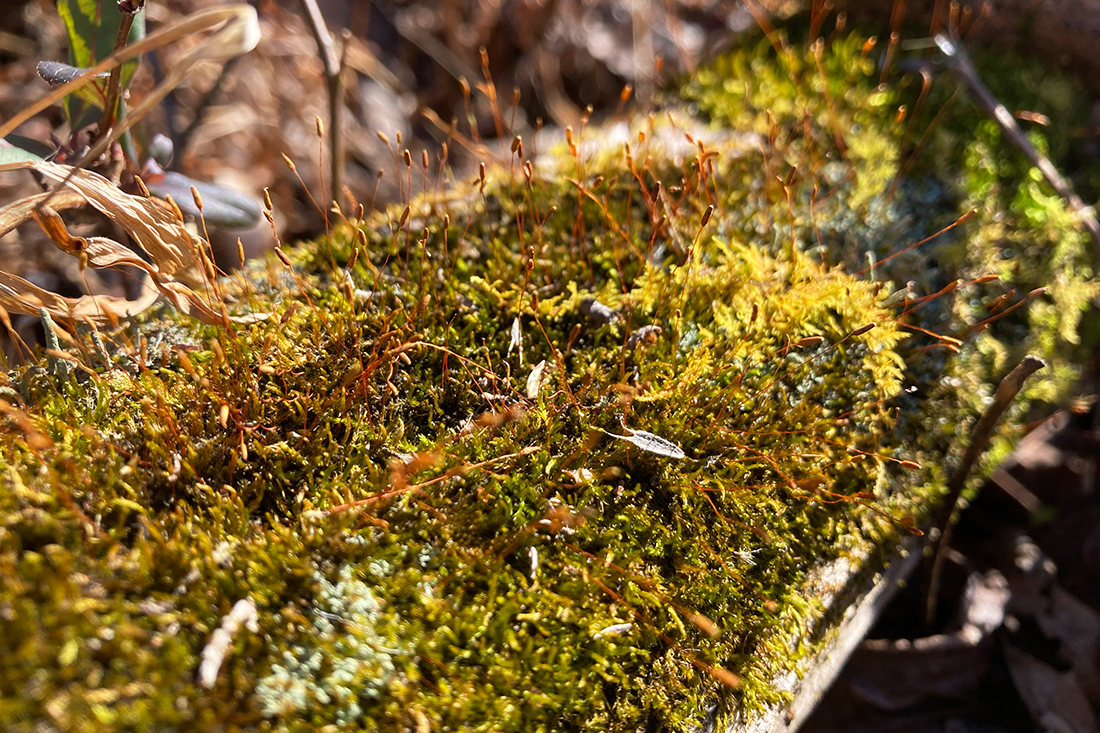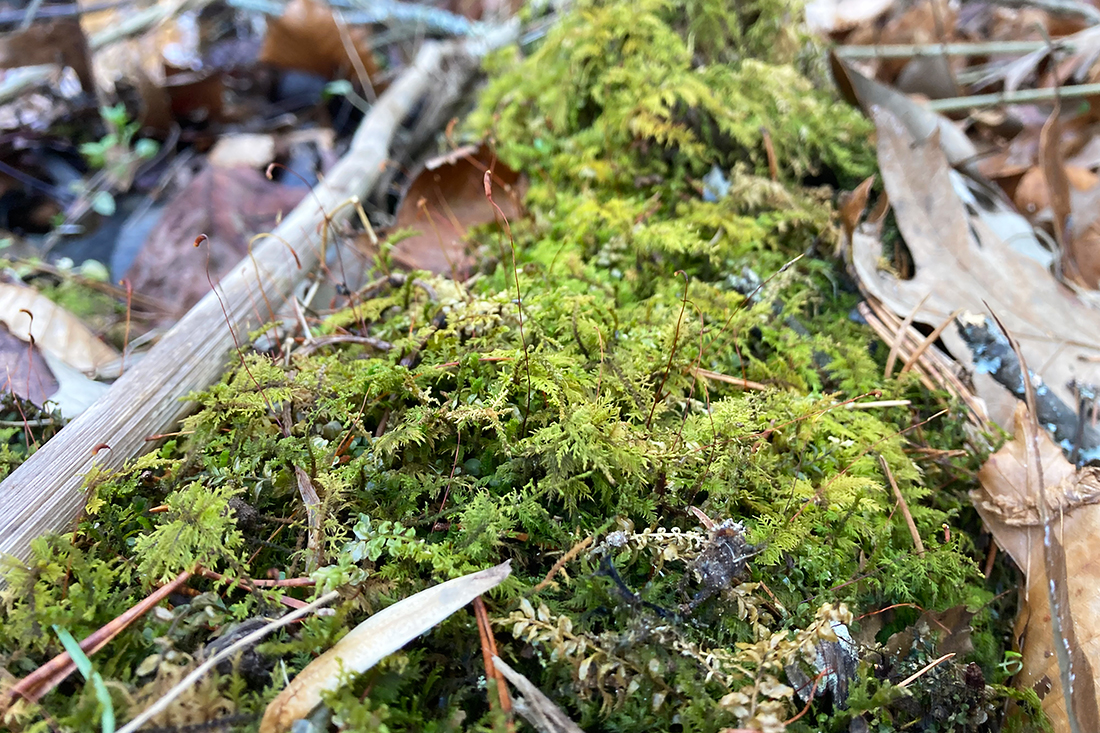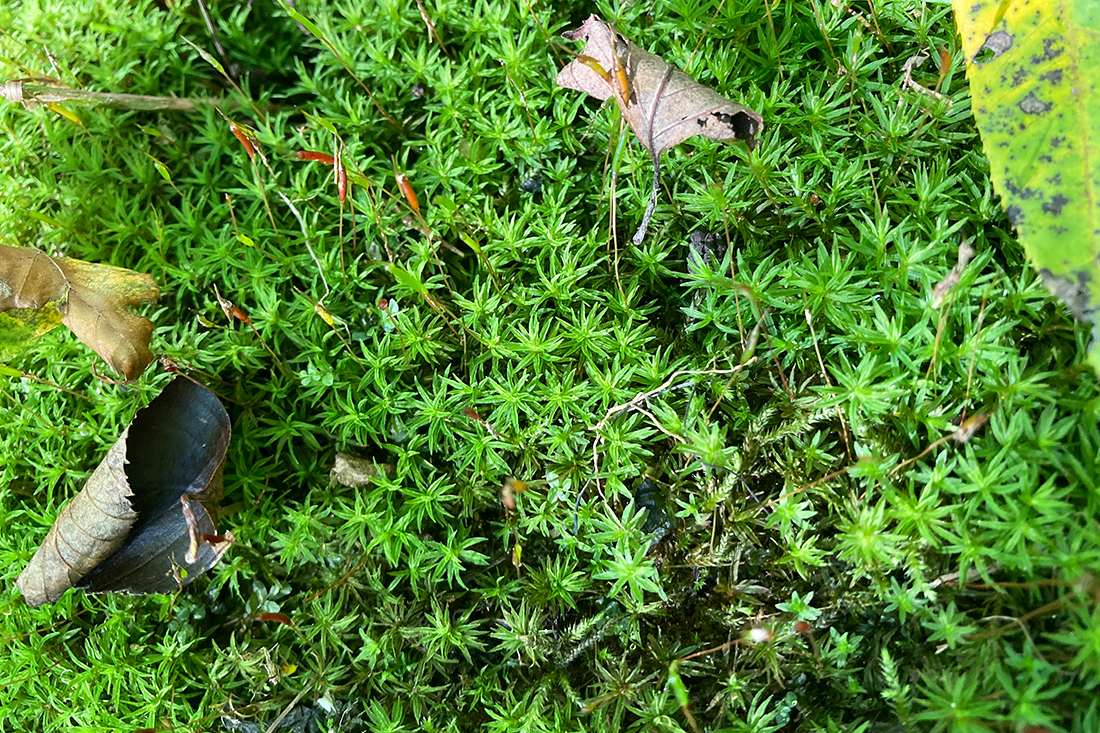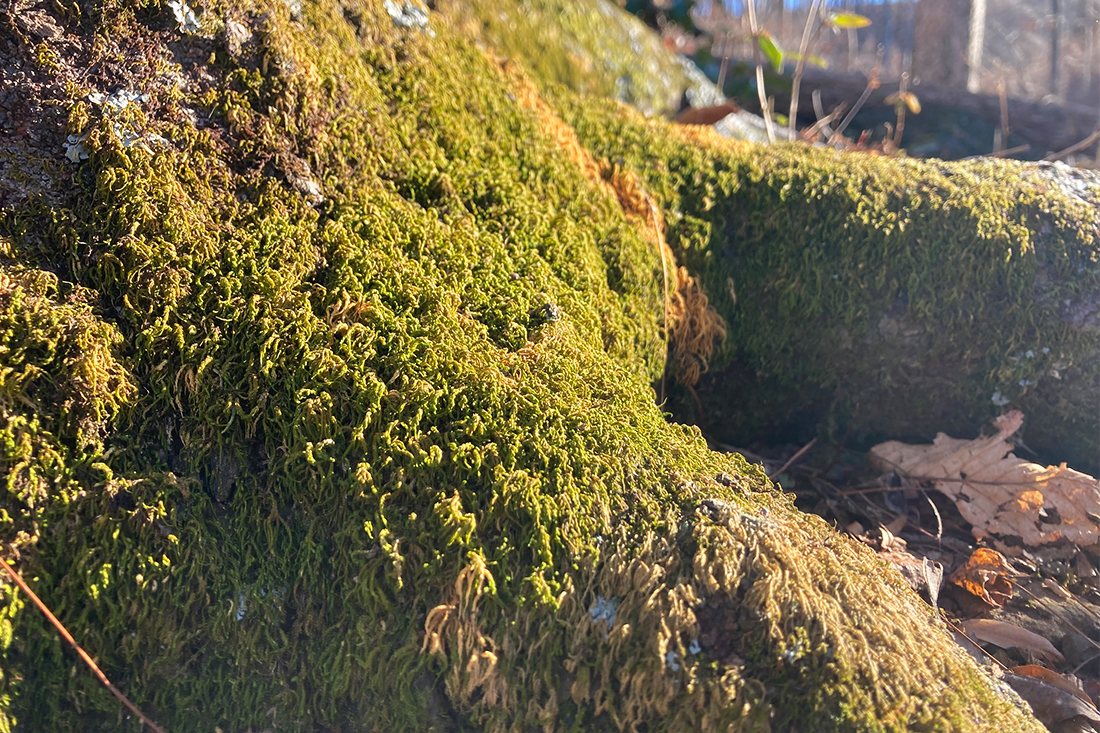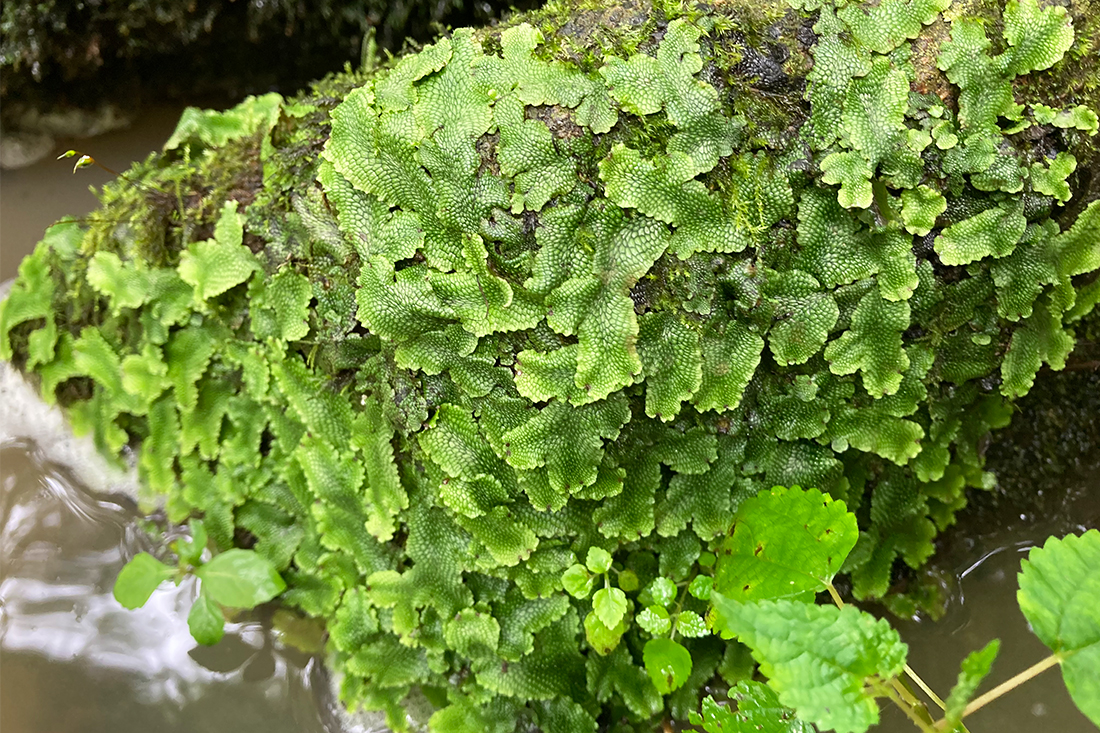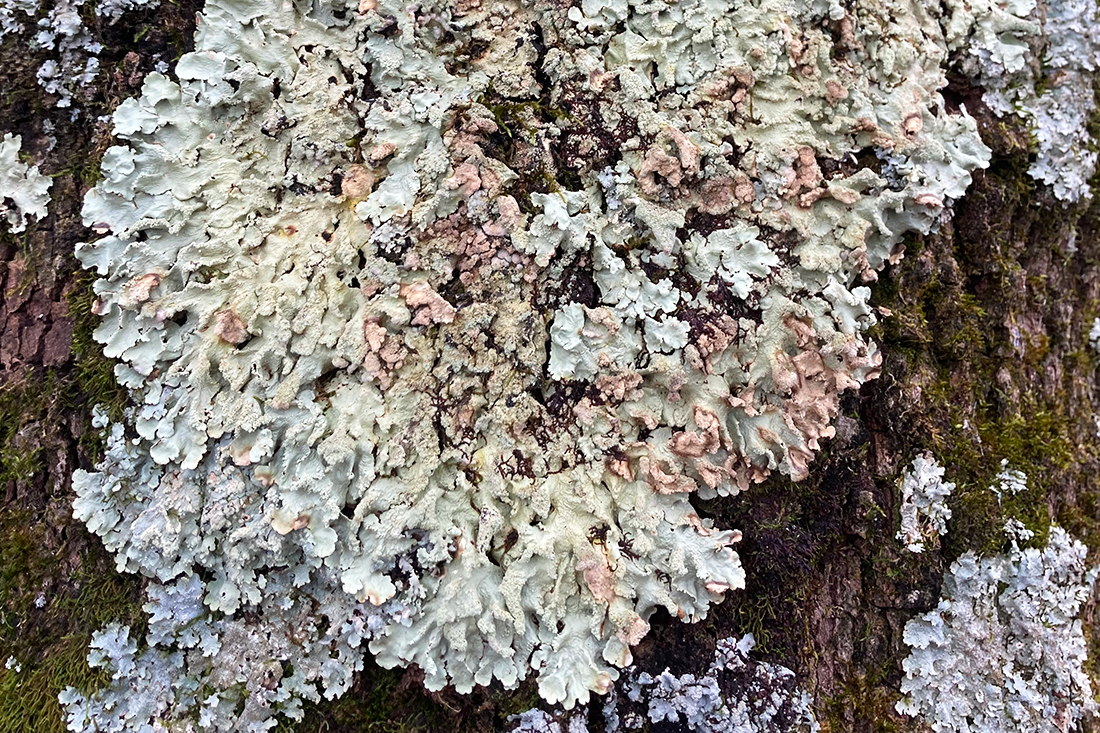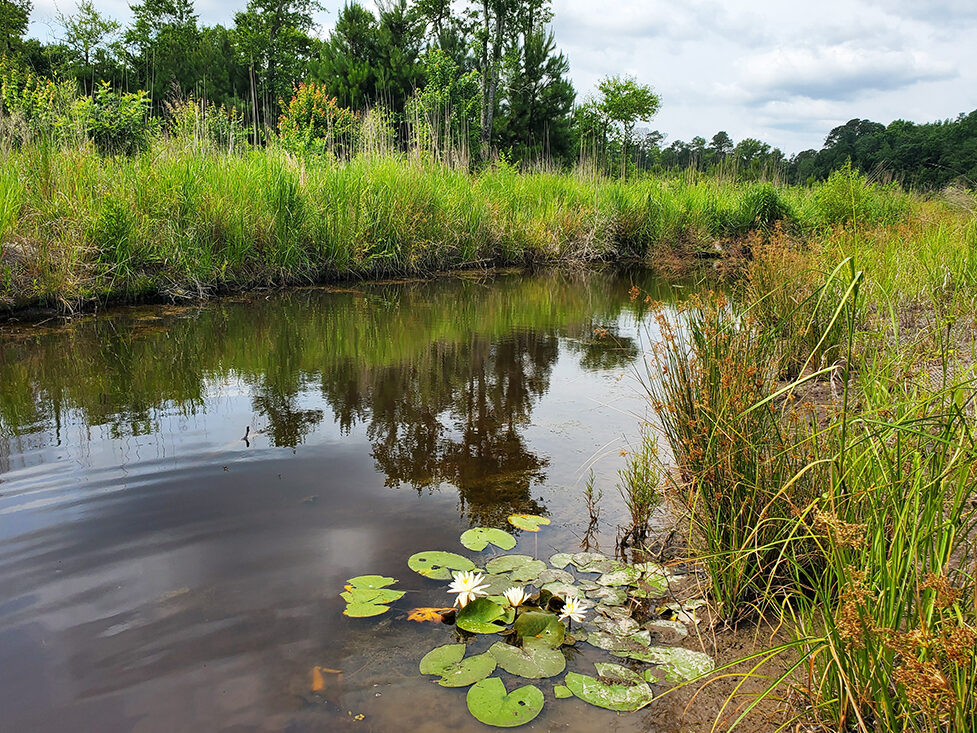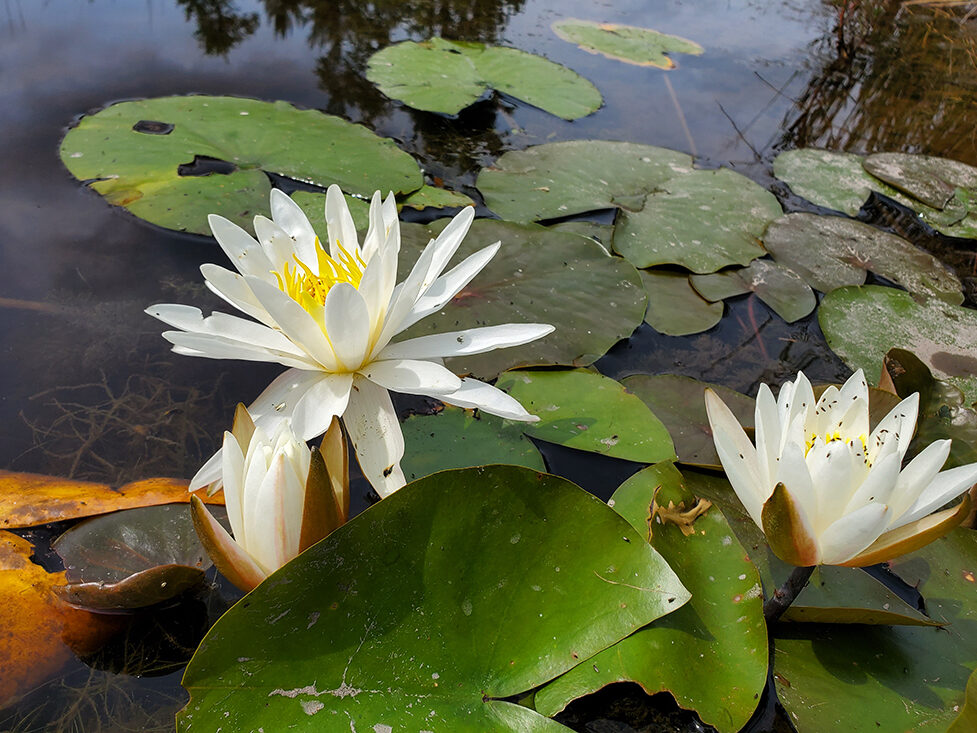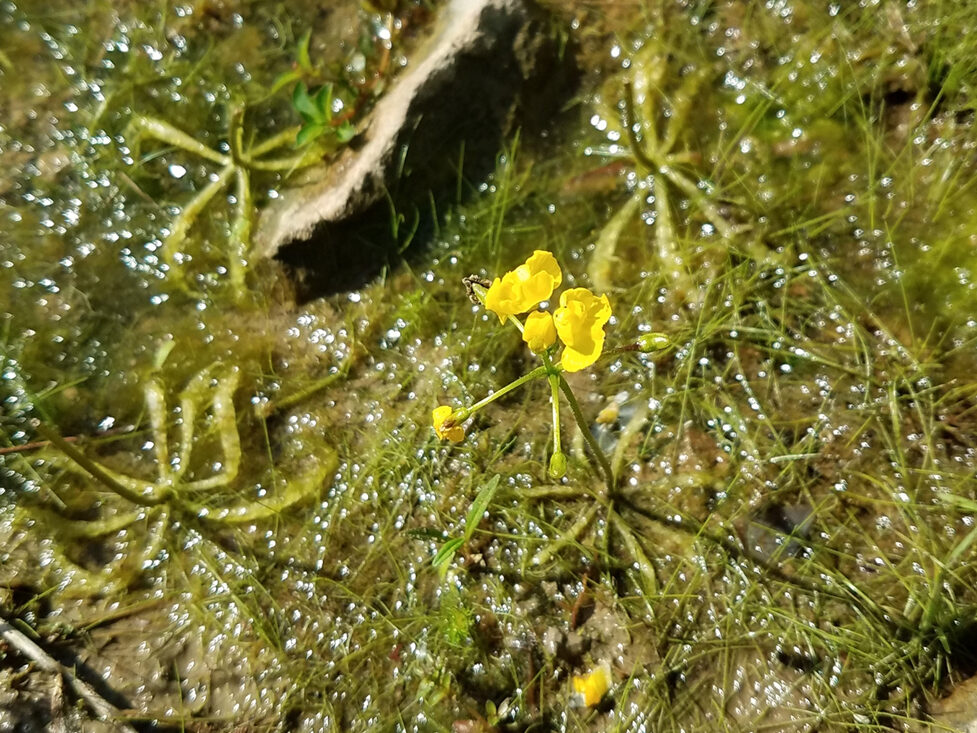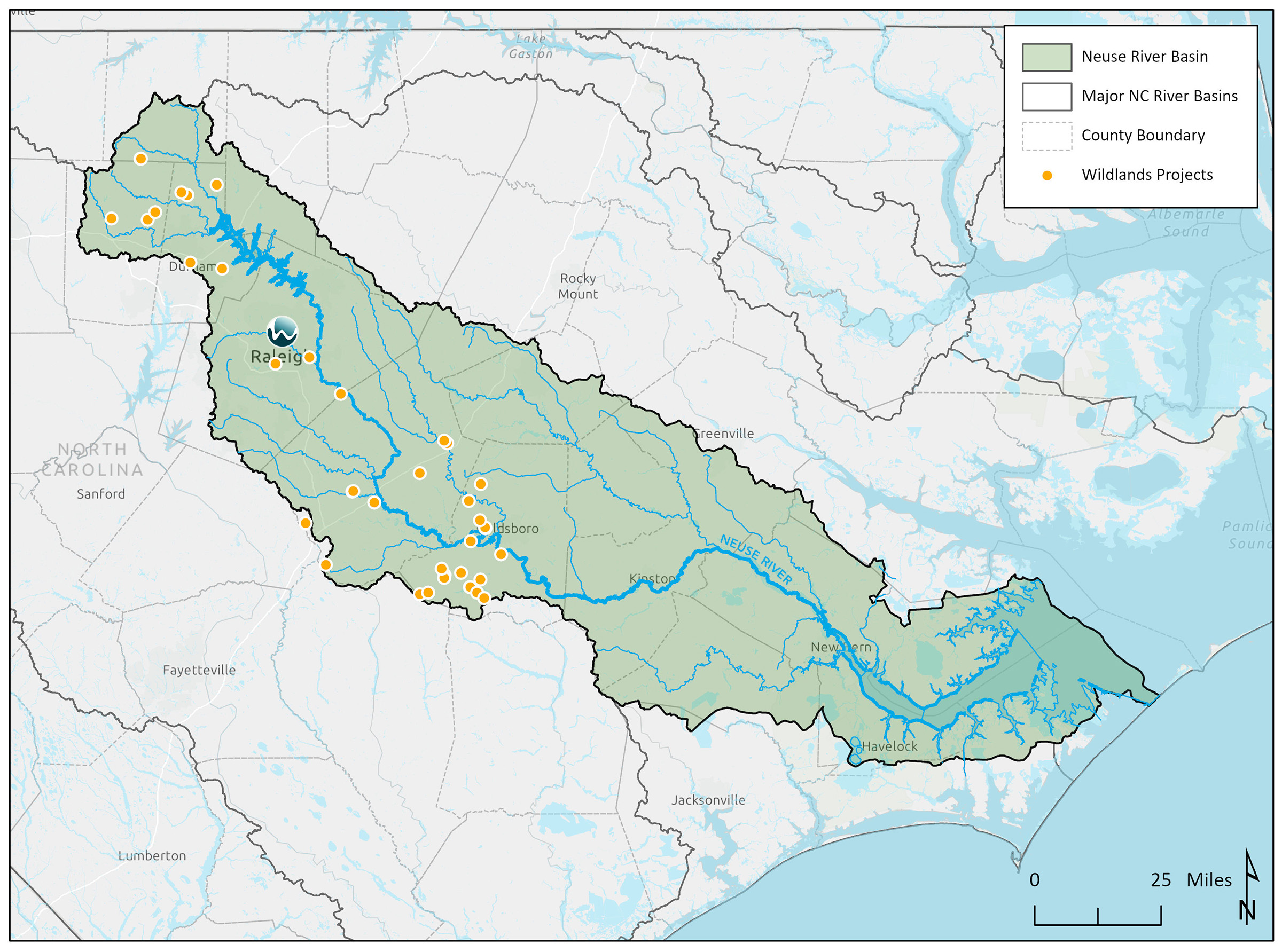Stewardship Corner | Allelopathy – ‘The Chemicals Between Us’
Ever wonder how a single species can dominate an area and lead to a monoculture, where diverse neighbors are sparse? The answer might lie in allelochemicals.
Allelopathy describes how organisms produce biochemical compounds, known as allelochemicals, that influence the germination, growth, survival, and reproduction of nearby species. This process is essentially a form of chemical competition aimed at boosting the organism’s own survival and reproduction. Without getting too in the weeds, allelopathy is a form of chemical competition.
In allelopathic plants, these compounds can be released through leaves, stems, fruits, or roots. They enter the soil through root exudates, runoff from rain, or decomposing plant matter. Some plants also release allelochemicals into the air, adding another layer to this chemical competition.READ MORE



